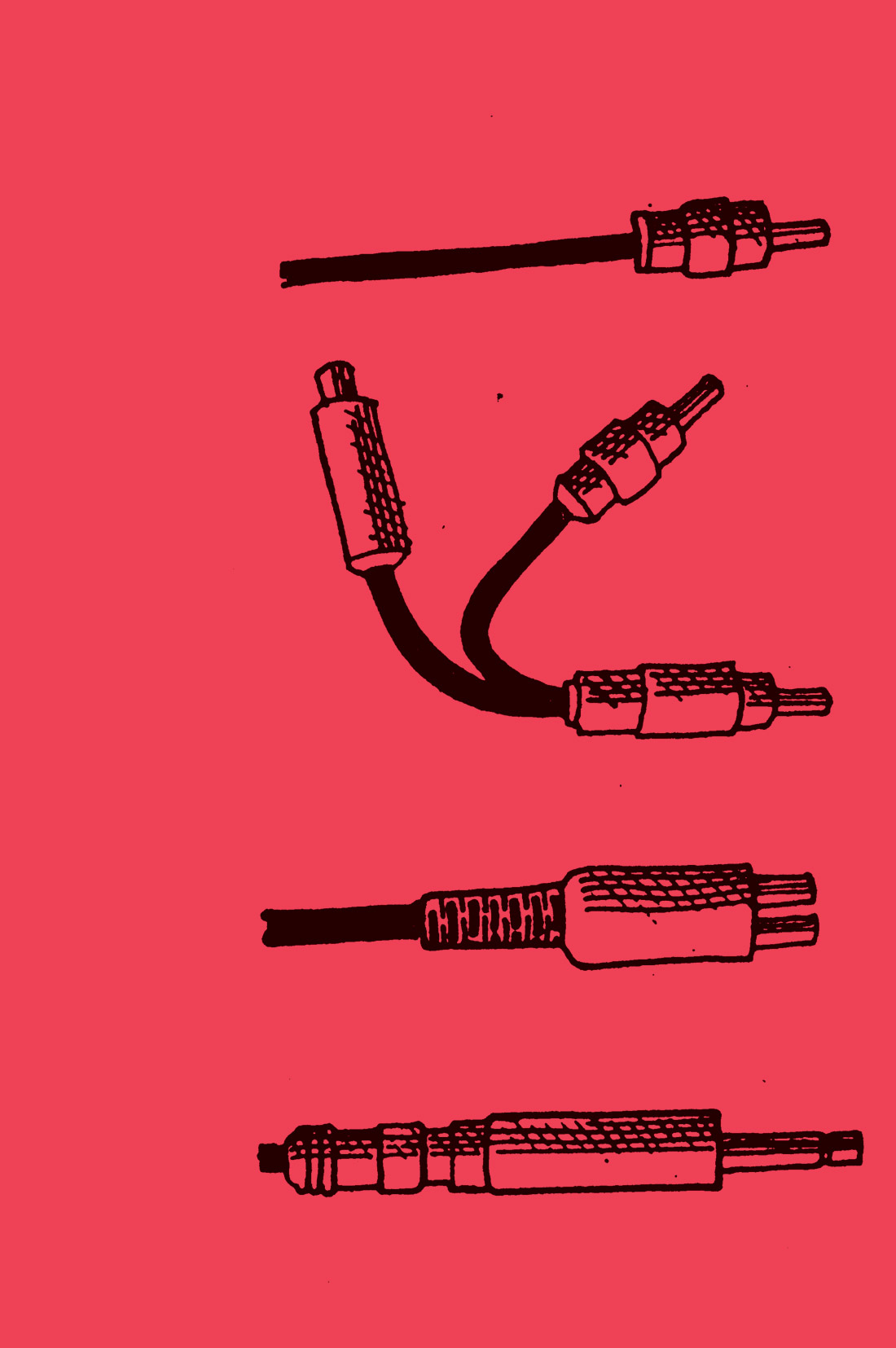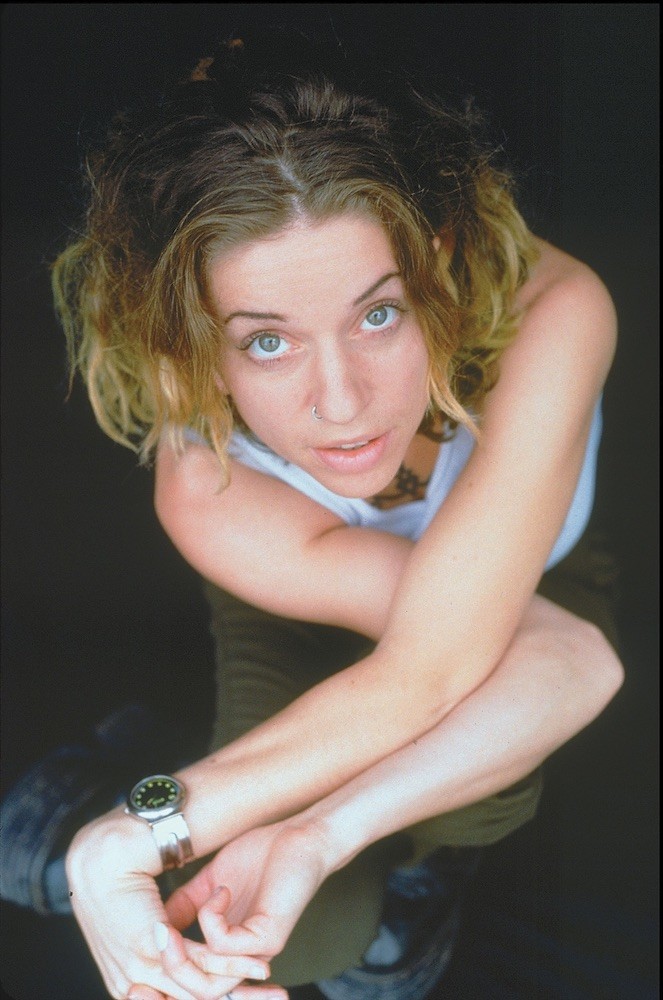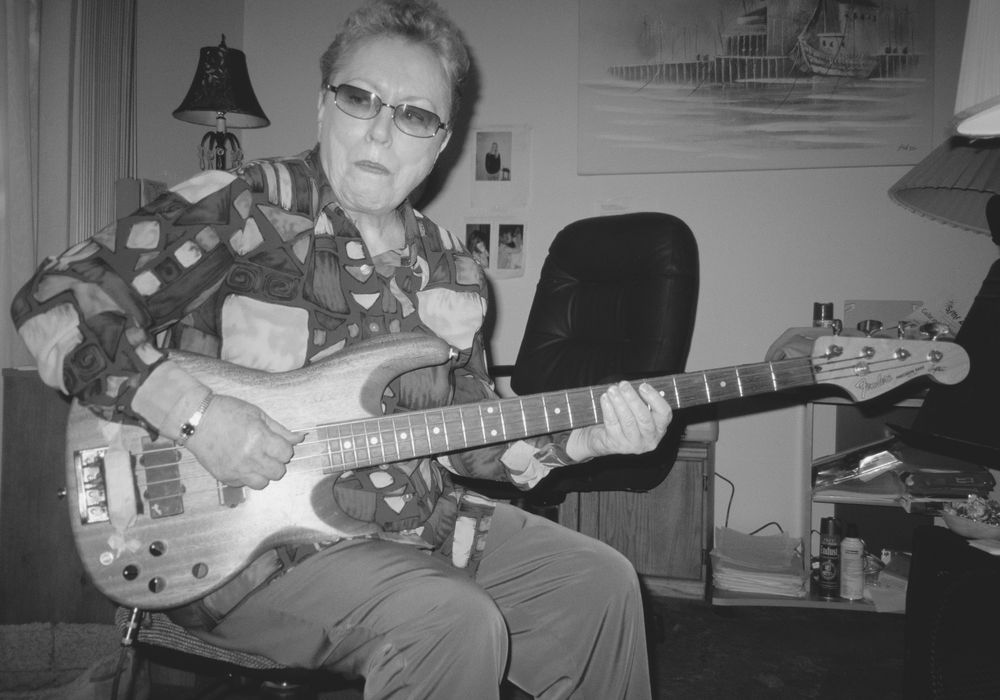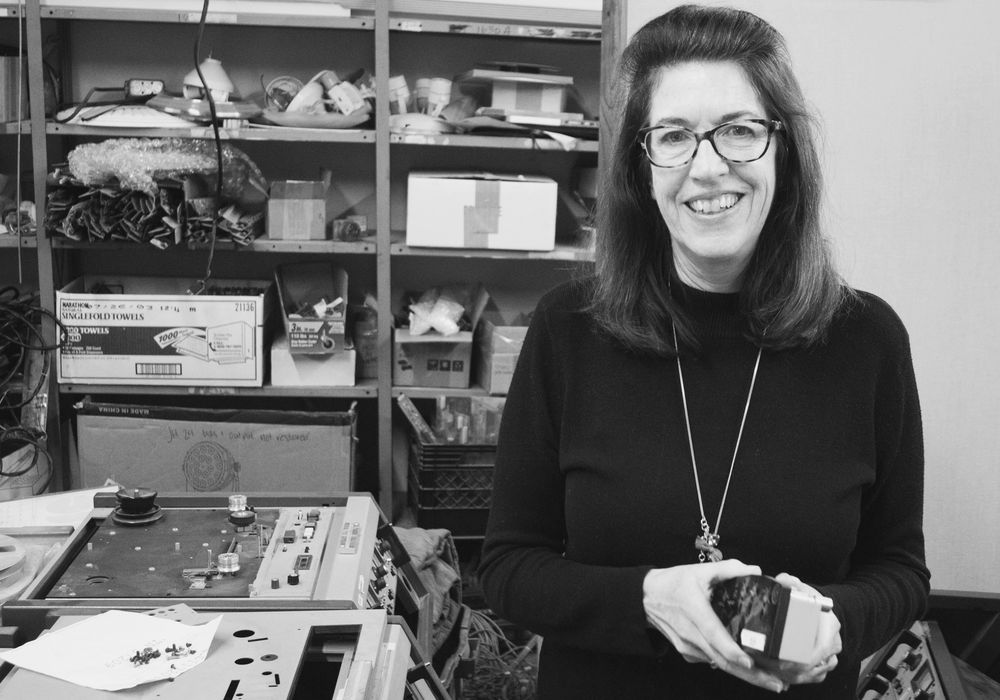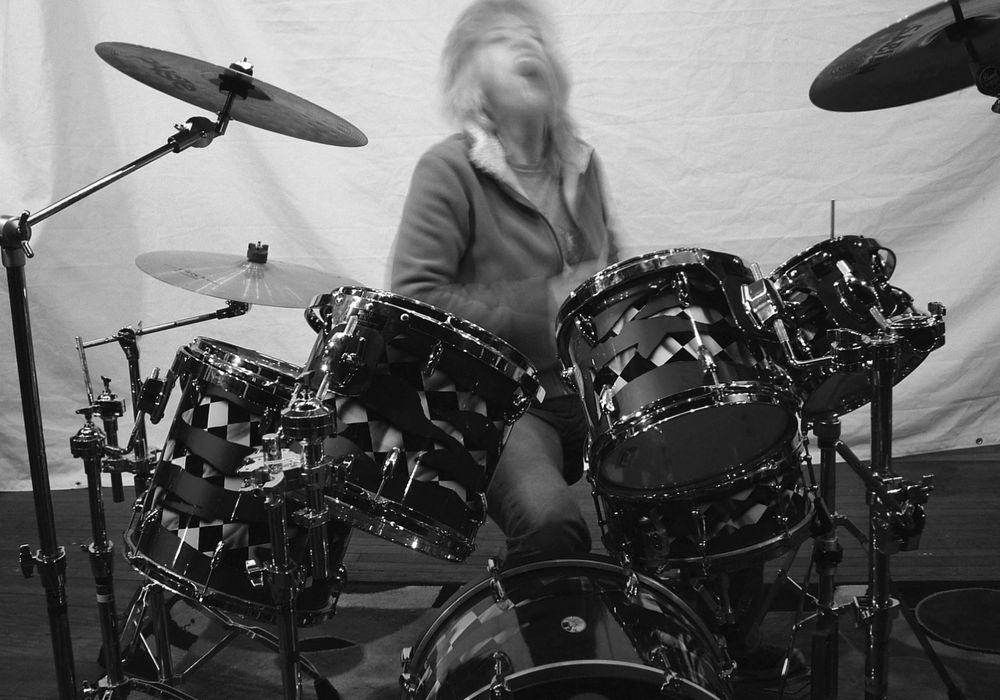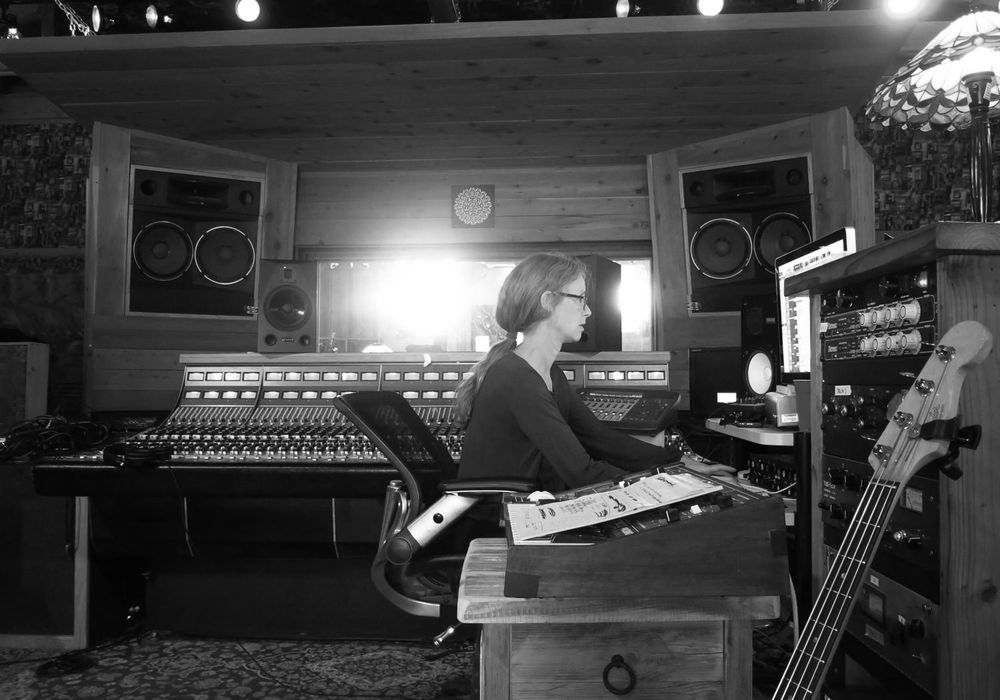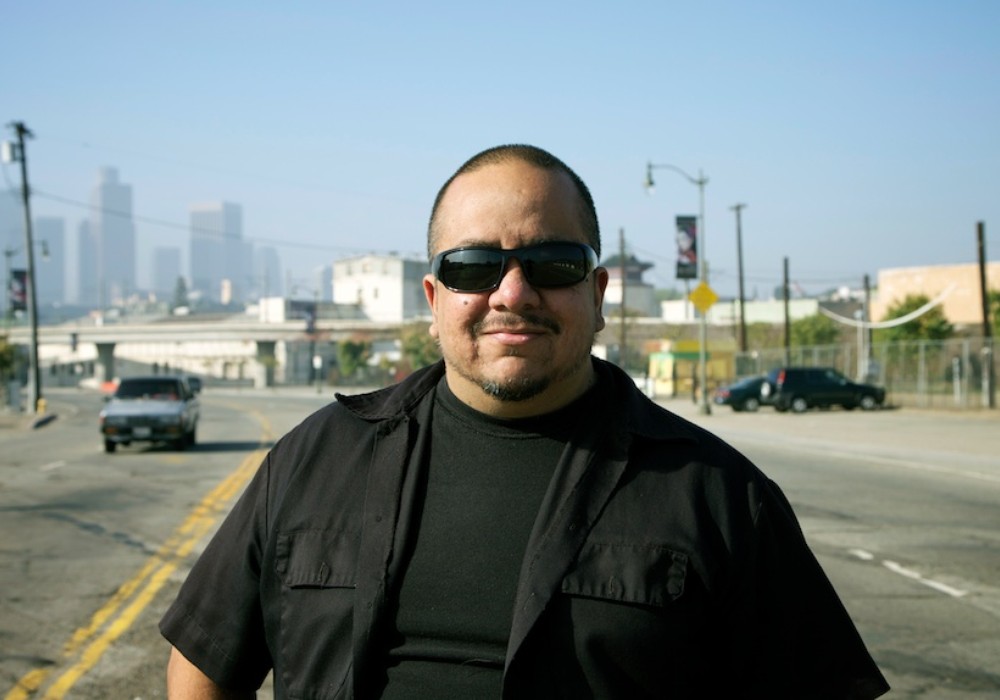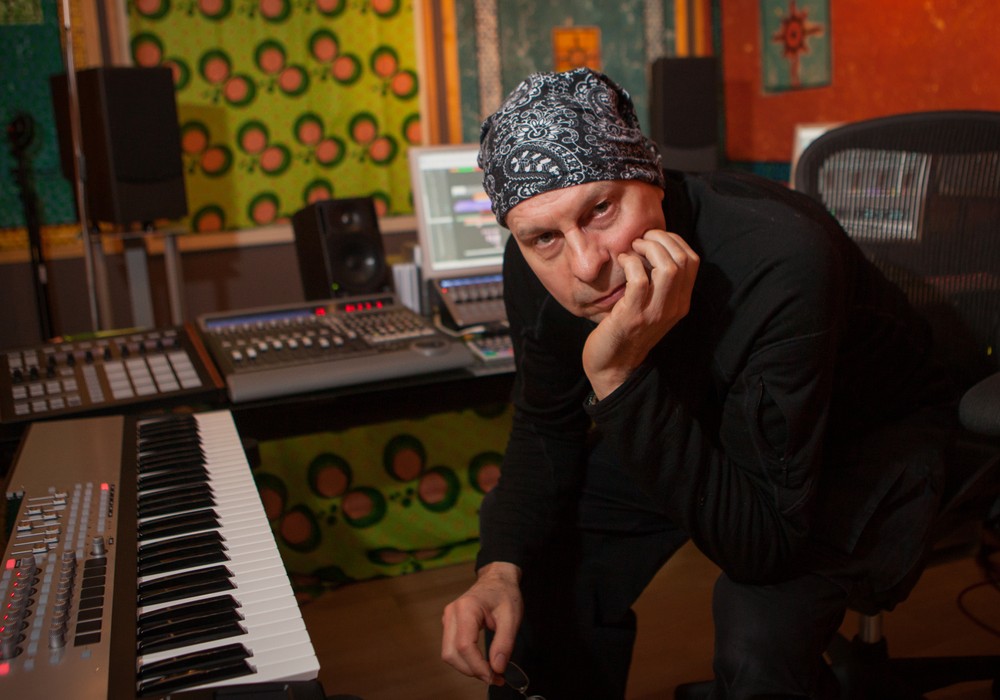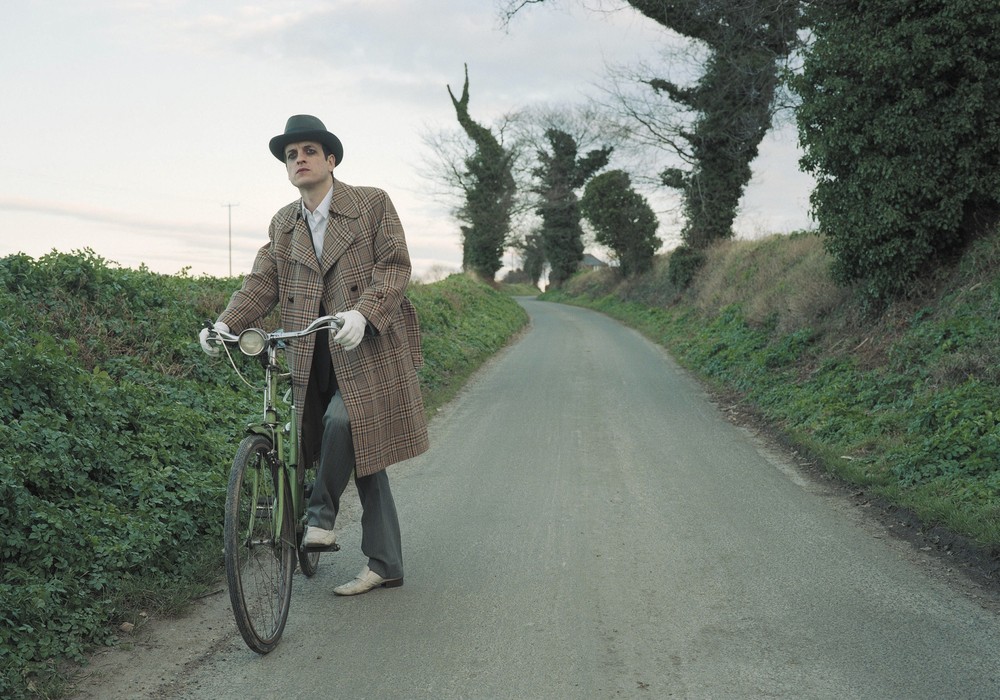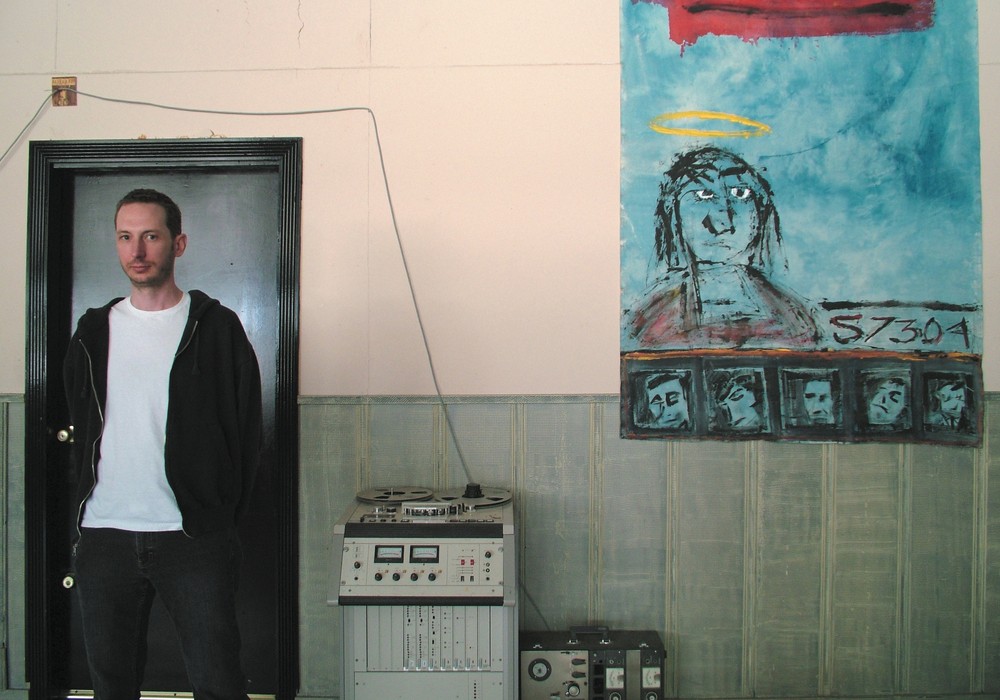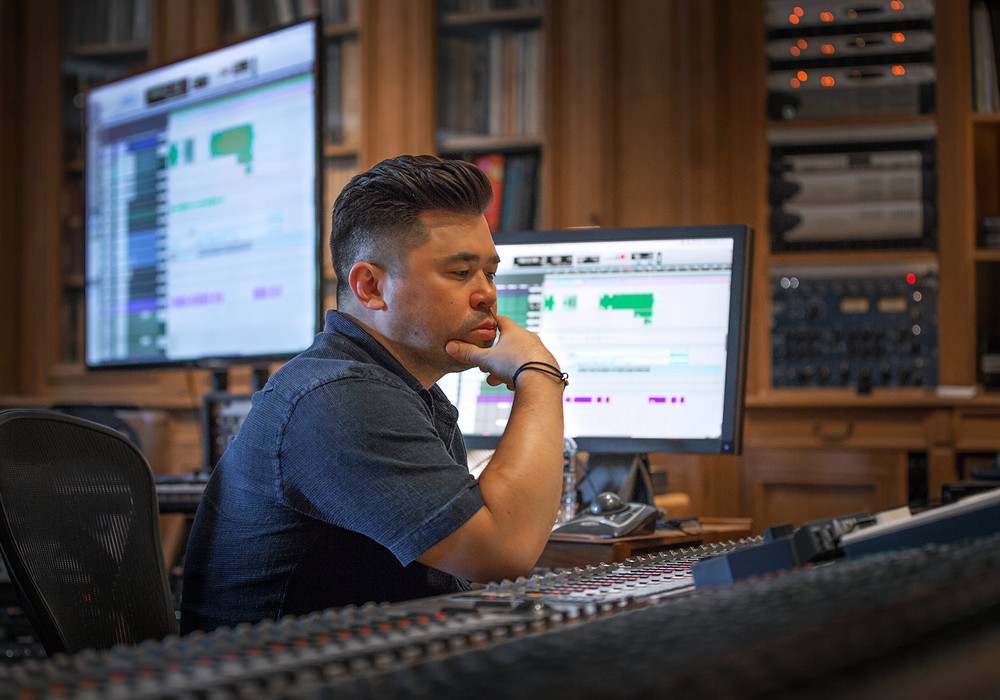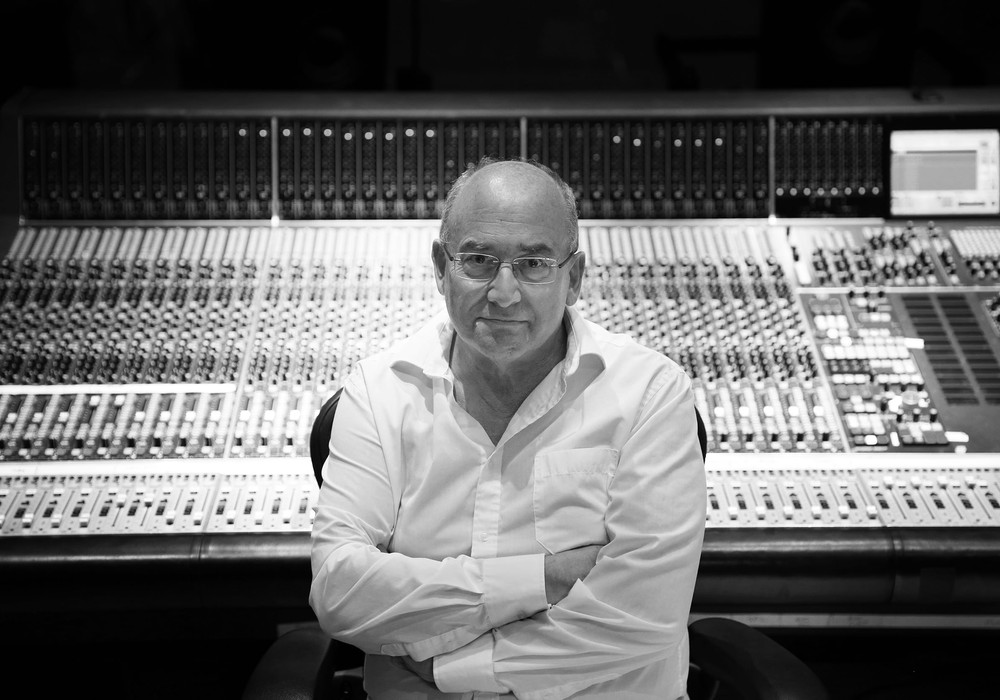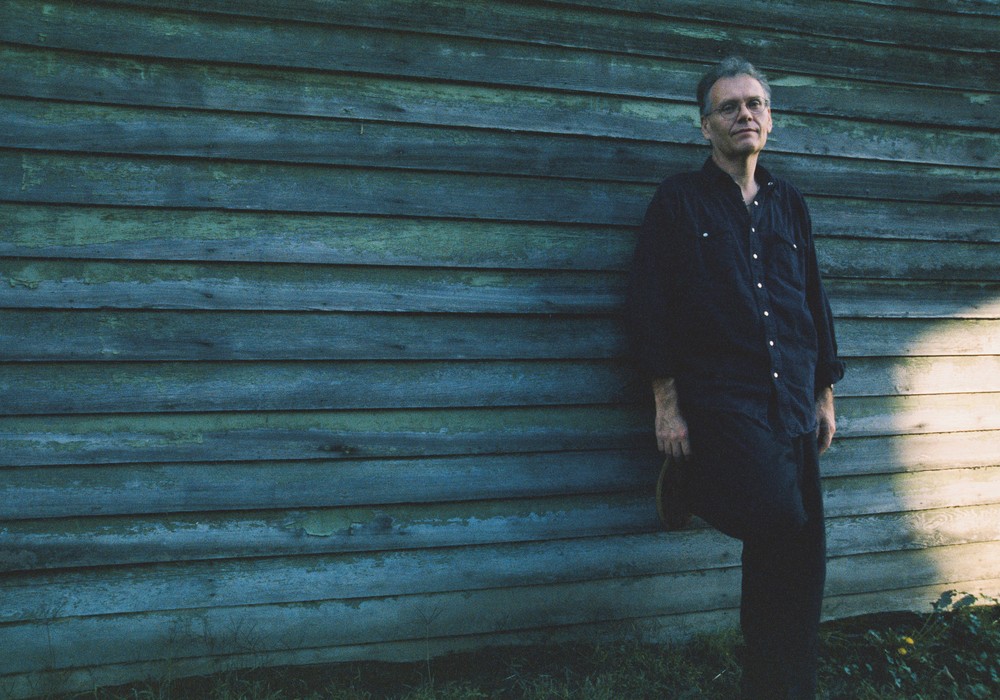Throughout her career, Ani Difranco has put out albums at an amazing rate, averaging about one release every nine months. Her fourteen albums have all been self-produced, and released on her own Righteous Babe Records. Despite working at such a clip, her production style has been anything but predictable. Since her first release in 1990, her sonic palette has expanded from a solo guitar and vocal sound to one incorporating drum kit, bass, accordion, and banjo, having also stopped off at various points with horn sections and sampled drum loops. All this studio work is squeezed into an aggressive touring schedule.
I met up with Ani and Andrew Gilchrist, her partner in life and production, at the Congress House Studio in Austin, TX. There, they were mixing Ani's second collaboration with storyteller and union troubadour Utah Phillips. For many hours they waxed poetic about ADAT's, instant studio gratification, and the eternal struggle to get a decent acoustic guitar tone on tape.
AG: We recorded this album down at Kingsway Studio in New Orleans. It was done as nights of live performances, we had an audience of about thirty people in there. The last four tracks are just live room mics. The first two are near where the band and Utah are, and the last two are in the back of the room on the other side of the audience. They picked up all kinds of crazy shit, whispering and rustling. Unbelievably, there was a dog at the studio and during the performances he wandered into the audience and his tags were rattling.
AD: And at one point he just sat down in front of Utah and started chomping on this bone.
AG: The dog is definitely on the record. We actually set up a small PA in the room, that was being mixed at the back of the room, it was a very strange setup.
Was that for monitors for the players? Or did you use headphones?
AG: The PA was for the audience. Nobody was on headphones, except the drummer, cause he was way in the back. Most stuff was happening pretty quietly and everyone could pretty much hear each other. Utah sat and told stories, Julie (Wolf) on keyboards, Jason (Mercer) on bass. The trumpet that you hear is Dave Pirner from Soul Asylum, who happened to be there, and he's taken up playing the trumpet. We said, "Come play on this track!" and it's this really warpy crazy trumpet. So off to one side of the house you've got the control room, which is very open. The whole concept is that there is no control room, there's no glass, you don't have that kind of separation. Off the control room there's another big room with a piano, and there's another room off that, and that makes up one half of the house. The house is symmetrical, and on the other half of the house is the big live room.
Has Kingsway been a studio for a long time?
AG: No, Daniel Lanois [#37] set it up, around '89. He came to New Orleans to do this Bob Dylan record, rented a house, set up a bunch of gear, really liked New Orleans, and then found this house, which was vacant at the time. So he bought it and basically installed a studio. But it's still very open. Until very recently, there was just a hundred foot snake that came off the back of the board and wherever you wanted to record you just ran the snake. Now they have, in a few different places, some remote boxes. That compressor there, the TubeTech, is a key piece of gear. Utah's voice is going through that. And pretty much any of the vocals that have been on the last three Ani records have gone through it. It's real transparent, it just adds a presence to it. We've been using the FMR Really Nice Compressor (RNC) too, they're actually made in Austin. Mark (Hallman, the head engineer and owner of Congress House) got one as a demo and I bought it off him. They're amazing, I use it a lot on drums, run it on the overheads. I pretty much don't use it in the "Super Nice" mode, because it's so transparent, it freaks me out. I was suspicious of it at first. I used to use that Valley People compressor (the Dynamite) that's sitting next to the RNC, it does the same kind of radical pumping, but it's really noisy. Now I've changed over. [The track Ani is mixing ends.] We're actually mixing this new Utah record in order, it's a very strange way to mix.
AD: Why is it strange? Just cause we've never done it before! Of all the records I've done with lots of crossfading and stuff, to figure out first how it's all supposed to flow...you know, Living In Clip, it was like, oh well, I guess this should be the order. And then it was, well, this song stops dead, and this one starts like this.
AG: No, mixing in order totally makes sense. Your instincts, which I really like for mixing, you...
